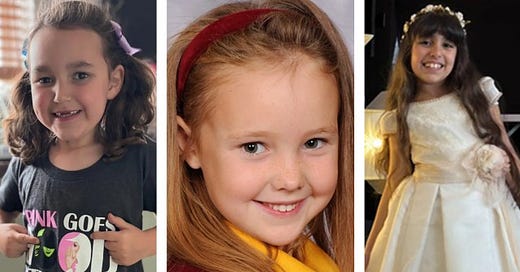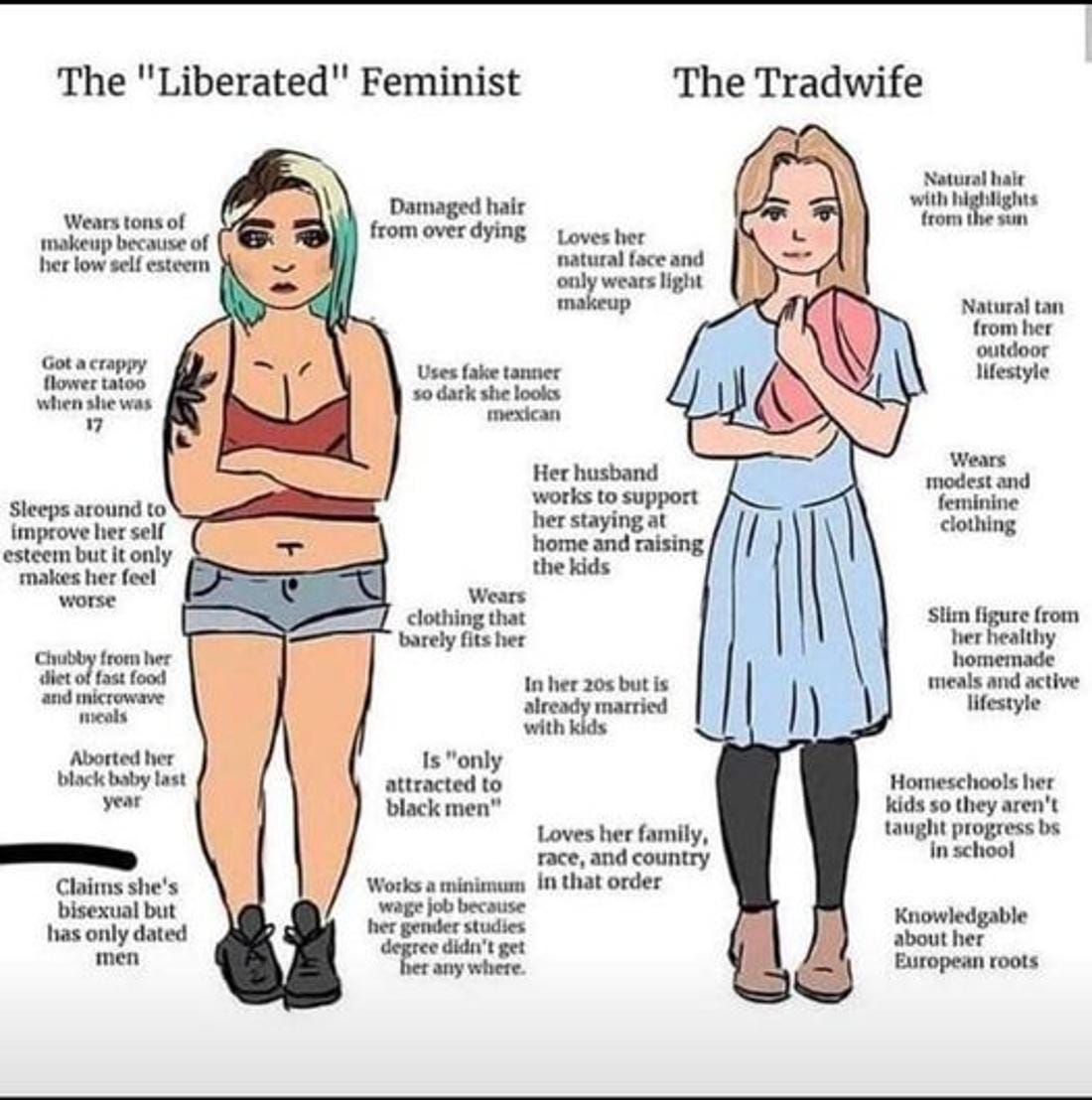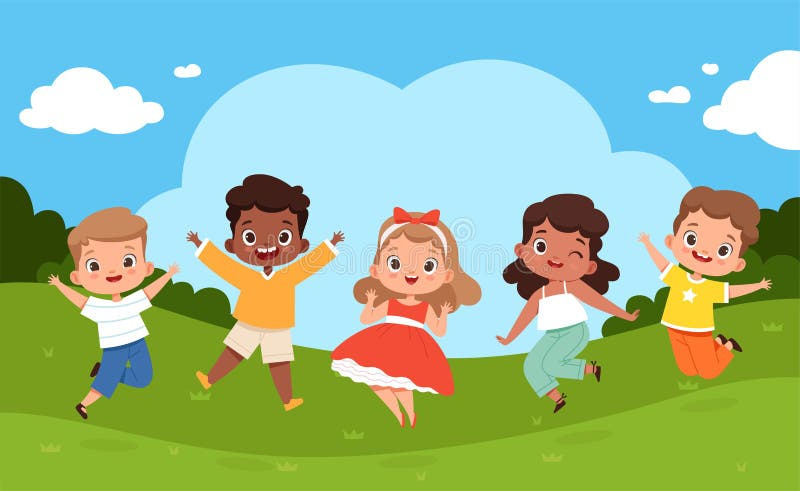Why Can't We Name the Epidemic of Violence Against Women and Girls, Gender-Based Terrorism?
In a slew of grim stories this week, perhaps the worst was the murder of three young girls – Elsie Dot Stancombe (7), Bebe King (6), Alice Dasilva Aguiar (9) along with the attempted murder of eight other children and two adults, Leanne Lucas and John Hayes.
The horrific story has shaken the country and boiled over into a story about immigration and far-right nationalism, which has perhaps eclipsed the unassailable facts: little girls were murdered at what should have been a joyful Taylor Swift-themed dance and yoga class for primary school children in the summer holidays.
Government and police understandably keen to cool boiling over protests, released statements that this was not a ‘terror-related killing’ and I’m not here to litigate the politics.
But what is absolutely obvious that this was another wearying, sickening and fatal attack carried out by a man on girls and young women, following an endless pattern of story after story after story featuring an angry, violent man hellbent on hurting girls and women going about their everyday lives.
The murderer, a young man aged just 17 (I’m intentionally not naming him) now joins the grim hall of fame, joining Sara Everard, Getika Goyal, Elianne Endam, Sabina Nessa, Jade Ward, Maddie Durdant-Hollamby (to name a very few) male killers, who all murdered completely innocent women and girls, just going about their day and expecting to live to the next one. Until they didn’t.
Femicide is broadly defined as the killing of a woman because of her gender and has globally risen (in some countries steeply) in the last two decades even as homicide rates fall. Globally five women are killed every hour by a member of their family and despite this, many countries have not made femicide an explicit crime.
But it goes deeper and wider. Such is the growing tidal wave of hatred and violence directed at women and so grimly repetitive are the murders, assaults and rapes (many of which never even make court, let alone prosecution), to many women and girls (and many men), this is starting to look, feel and sound like gender-based terrorism.
We name violence and murder directed at specific religious, ideological or geographic groups as terrorism, so why are we so loathe to call this epidemic, and it is an epidemic of violence directed at girls and women, a kind of gender-based terrorism?
At this point, it is incumbent to stress that most men and boys wouldn’t dream of inflicting violence or worse on women and are just as horrified by the pattern of violence and death as we are, and this is why it’s so important the good men are part of the solution, as this is where we take a cue from this week’s politics.
There are so many good, strong, thoughtful men in every sphere of life, but the problem is, those voices and influences sometimes don’t break through as powerfully as the – take a word of the week – weirder or more toxic ones. Millions of boys and young men listen to and are influenced by men and male voices who though might not explicitly be violent towards women or hate women, nonetheless, promote some pretty questionable ideas about them – feminism is the enemy, equality is bad, that girls are women are unkind and shallow, that women and their bodies should be controlled – and for some boys and young men these ideas can and sometimes do metastasize into perceptions and actions that are dangerous and violent.
If we want to actually start tackling this epidemic of male violence against women and girls, we should do two things. First, call it what it is: gender-based terrorism. The fact that that many girls and women are dying every day isn’t some coincidence because there are powerful and highly influential galvanizing millions of young men to believe women and girls and female equality is somehow bad and the enemy.
But this is also going to require empathy and listening. One of the big reasons so many boys and young men coalesce around these figures who promote weird and toxic ideas about girls and women is they create communities where boys feel seen and heard. It’s a place where they feel powerful and understood and big each other up, rather than are made to feel small or diminished – which they clearly do in other parts of society – or these tribes wouldn’t be nearly as appealing.
To start to figure out this epidemic violence, it needs to be named, and it absolutely is gender-based terrorism, but equally what’s driving it needs to be taken as seriously. Girls getting murdered on the bus on the way to school, or at Taylor Swift dance classes or going for jogs along the canal so frequently is a sign that something’s gone horribly wrong and needs to be named and dealt with.
Gender has become both a cause and effect of violence – let’s name it, start looking and listening properly, and then start actually dealing with it.







